McKenzie Barney is a writer, filmmaker, speaker and adventurer who recently completed a multi-year journey of cycling the world solo over 18,000 miles through 5 continents and 28 countries. In this guest post, McKenzie writes about crossing the planet's largest salt flats during the South American segment of her global bicycle voyage. Keep an eye out for McKenzie's Cycle the World film and event tour this fall. Learn more about McKenzie on her website and follow her adventures on Instagram.
For once, my wheels are not in motion. Silence twists around my charred skin. In this blanket of oblivion I am nowhere, but salt is everywhere. Dismounting my steel bike, I inhale, calibrating the vanishing beyond ahead. Grit crinkles around my toes. Halfway expecting an icy chill, my senses are shocked at the warmth of the ground. I wonder if this is what astronauts feel like, trying to make sense of a land unknown. Alone in an expansive nothingness of unfamiliarity. Drunk with depth-perception complications, my reality has become so distorted out here, on the world’s largest salt flats.
Navigating the Salar de Uyuni in Bolivia didn't exactly go as planned. One of the most extreme vistas on Planet Earth, the salt flats rest at 12,000ft in elevation — making it a battle for each breath — and stretch over 3,900 square miles, roughly around the size of Hawaii's big island. This would be the grand start of my South American bikepacking voyage. My earthbound plan was to cross the salt flats over three days on a solo two-wheeled expedition, wild camping along the way and allowing ample leisure time off the bike in my Bedrock Cairns. But somewhere in between dreamscape and reality, time stood still and I lost all concept of my whereabouts. My brain couldn't quite grasp what I was witnessing; it was beyond my understanding of the world. As with any adventure worth taking, the journey was as unpolished as it was unpredictable.

Reality Unraveling
Day one on the Salar de Uyuni (Uyuni salt flats) starts from the windswept, Latino Mad-Max town in the middle of nowhere Bolivia. After an hour of familiar asphalt cruising, I’m catapulted into another galaxy. All at once I cross from buttery-smooth pavement onto a white blanket of uneven mystery. Motorcycles and Jeeps packed with tourists sway in every direction, dispersion like marbles released to gravity. I stop my bicycle, dumbfounded with terror. I had half-expected a trail-blazed path to welcome me. Instead, a planet of nothingness. My wheels don’t know which track to follow, and my eyes can’t seem to set a direction. I consult my GPS – it’s spiraling out of control. The wind laughs at my ignorance.
When bikepacking Bolivia, weather becomes a major factor. I had scoured blogs and travel reports beforehand. Wayfarers bold enough to attempt a salt flat traverse recommended avoiding the rainy season. The undercurrent of water allowed for magical reflections, but disappearing tire tracks. Their messages now echo with alarm: the more rainfall, the more your chances of getting lost. So I roll my wheels onto the compacted earth, timed for just after the rainy season exits.

The ground seems white with fear. Hardened edges of perfectly carved hexagons guard feathery pale skin of salt. It’s like the whole Earth has been cracked open. The scales are what you want to avoid; the chef’s kiss is in finding the smooth grooves of yesterday’s tire tracks. The only problem is those delicate tracks disappear at times, sending my bike into a steel jack-hammer of teeth chatter. Potholes simmering with last month’s rain water are the most dangerous. I hit a few divots, silently praying my wheel hasn’t been thrown off kilter. While my wrists clench the handlebars with panic, my mind is a spaceship moving in this great apocalyptic mystery ahead of me.
The Great Wild Camping Open
Bikepackers everywhere dream of camping on Bolivia’s salt flats. Before I even knew this vista was in Bolivia, I imagined freewheeling my vessel into the great silent beyond. Now here I am, transported into a tranquil photograph. As the sun begins to tilt sideways, I looked at my watch for the first time all day, realizing I only have two remaining hours until sunset.

Moroccan bicycle tourists in the Uyuni township warned me to set up my tent far away from any car tracks on the Salar. Horror stories of unlucky travelers being struck in the night were nauseating enough for me to dutiful comply. In a delicate dance of the remaining light, I sprint north of the tracks, only to find bumpy shards of salt-crested glass. The further I separate my steed from the tracks, the rougher the terrain. A few kilometers out of vehicle danger and I float across a slightly smooth hexagon with just enough space for me to rest my bones.

Unfair expectations happen when you create a world in your head and expect your reality to match. I had envisioned a feathery soft salt bed fit for a queen. Instead, my muscles ricocheted from barren concrete. Thankfully I benefited from another tourist’s mistake and brought a rock to hammer in my tent stakes. Within minutes the sky exploded with a facelift of new shades. Out with the cobalt blue and in with hues of butterscotch and fuzzy mahogany reds. I’m lost in the depth of time and space, distorted amongst the shapes of another universe.

Without Navigation
Kidnapped by darkness, I shift for the millionth time in my frozen cocoon. Last night’s below freezing temperatures tempt my eyes to stay shut, but the nightmare of missing the morning’s sunrise compels me awake. I force vertical motion, sneaking a look out my front door for any signs of life. My only neighbor, Mother Nature, seems to be stirring awake. She greets my hideout with slivers of light. But the sound– the sound is dead silent. Looks like the wind decided to hit the snooze button.
Denying any sense of responsibility for the day, I switch my stove into action for a cup of energy. I thumb through my thought catalog for another moment during my thirty three revolutions around the sun that I have beenthisalone. Isolated. Hidden from the world. Hidden… or truly, finally, a part of it?

Draining the last sip of precious leisure time, I clean my cook kit, traded my off-shift four jackets and two pairs of pants into game ready cycling kit, and disassemble my fabric home. It’s time to get a move on. Using the sun as my clock and compass, I dreaded the perpendicular angle’s mid day heat.
Rolling along the equivalent of a 10,000 square foot aluminum sun panel, the sun’s lasers reflect from the ground below me. Instant sun burns tattooed any surface of my skin that was exposed. Never mind sunscreen; clothing is the best armor. But as the landscape thaws out with heat, sweat pools underneath my unnecessary layers. Outer confusion and inner dialogue spark a heated discussion. The only way to compromise is to pause progress every once in a while to air out.
I feel more alive than ever, recharged from the night of sleep. My electronics, however, are the opposite of revived. The 12,400 foot altitude sucked life from my phone battery and spare power bank last night. I just hope that my Spot GPS batteries aren’t shocked from the thin air. Forward movement is now calculated by peering down at my map app and pointing my blue arrow toward the island on my screen. I looked up– the island I’ve been aiming for these last 24 hours is still nowhere in sight. Either the satellites or horizon are playing tricks on me. Inhaling at the insanity of this endeavor, I continue pedaling. An hour later I stop for refuel and my GPS’s trickery continues. This time my blue dot hovers over a nearby volcano, nowhere near where I’m actually located. Sailor’s mottos swerve from my mouth. The satellites have gone on holiday; I am without navigation on the endless expanse.

All at once an island juts out in the distance. Feeling like a sea vagabond having crossed a great ocean expanse, I kiss the ground as I approach the first land I’ve seen in two days, Isla Incahuasi.

I side step tourist traps, slurped down some hot soup and java, and hopped back on my vehicle of choice, bound for night two’s destination.
Castaway on an Ancient Lakebed
Where my first night was spent on the vulnerable wide open salt flats, tonight I will be tucked into the second island stop of my voyage, dubbed Isla del Pescado. Hidden away from the world and noise, I arrive at the island and begin scouting for a campsite, riding around the outcrop in search of a wind-protected pocket. Motionless days lead to wind-whipping nights in the middle of nowhere. After an hour of indecision, I choose a spot with a vista and set up home for the night just as the skies hue with a lucid sunset glow.

No tourist jeeps, cars or buses dare stop here. I am completely alone in a neighborhood of cacti companions and volcanic rock furnishings. In complete silence I set up camp and compact fire for my noodle feast. But the wind has other plans, snickering with a tricky maneuver as it shifts direction. The flame is extinguished in seconds and I prepare for a windy night. Sure enough, my night’s soundtrack echoes like an amphitheater of twigs, brush and dirt.

I awake with a puffy face and a full heart on my third morning. This will be my final day on the planet’s largest salt flats. I’ve become a space cadet amongst this infinite salt cosmo, and now it’s time to head home.
Exit Space, Enter Earth
Bolivia’s dried up lake bed has one more surprise in store. Instead of coasting toward civilization, I can’t seem to locate any tire tracks. My expectations of a smooth ride are replaced with thuds of my tire oozing precious air as it collides with bumpy salt crystals. I’m forced to blaze my own trail and lose hours of progress.

Finally the small village buildings come into view, and just like that, my three days in the empty oasis are terminated. I leave the island universe and re-enter society by pavement.
Bolivia’s mysterious wonderland sprawled before me for three days of silence. Remnants of the unique ecosystem stay with me for days. Sodium chloride basks on my chain and hides in tiny corners of my steel two-wheeled vessel. I may be cycling away from the Salar de Uyuni, but the salt of the earth remains forever in my soul.

All words © McKenzie Barney. Photos and words courtesy of McKenzie Barney and photo editor James Beatty. Follow McKenzie on Instagram @mckenziebarney and see all of her global expeditions, films and writing at Yatri Project.

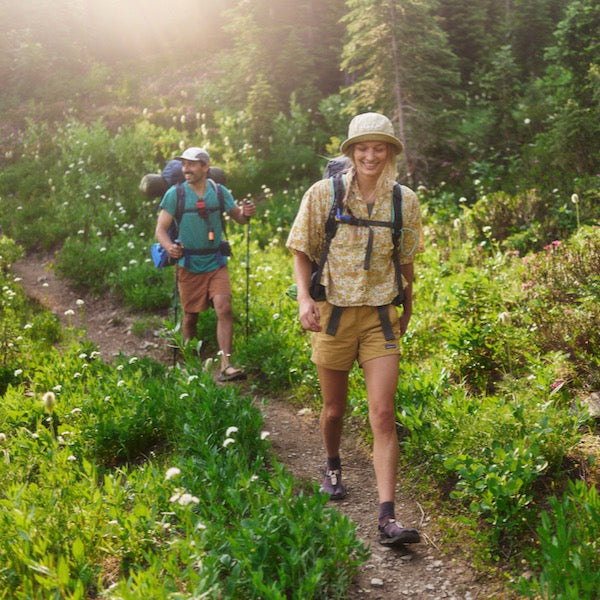

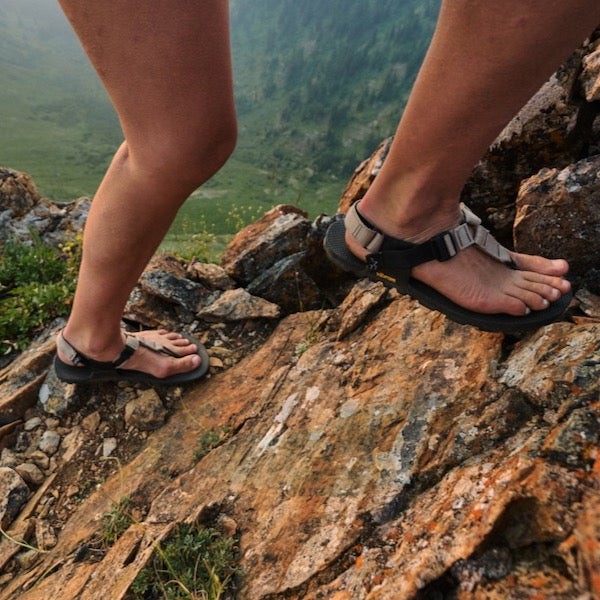
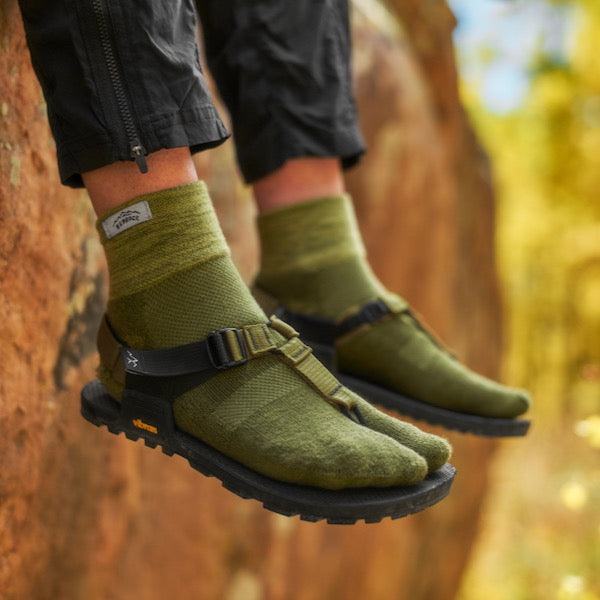
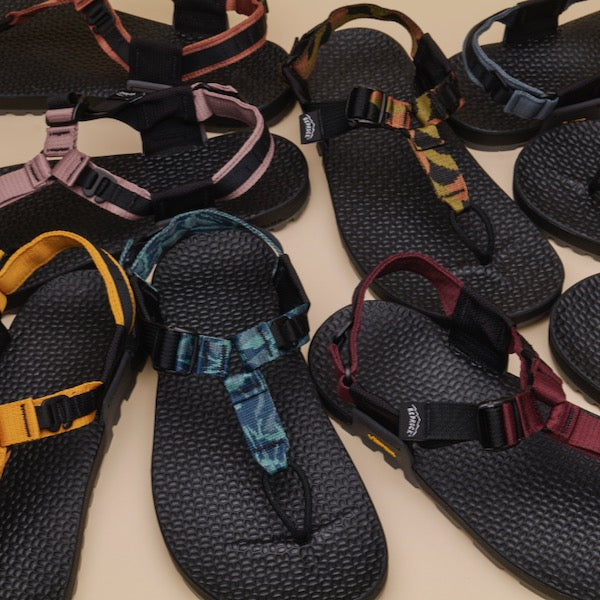
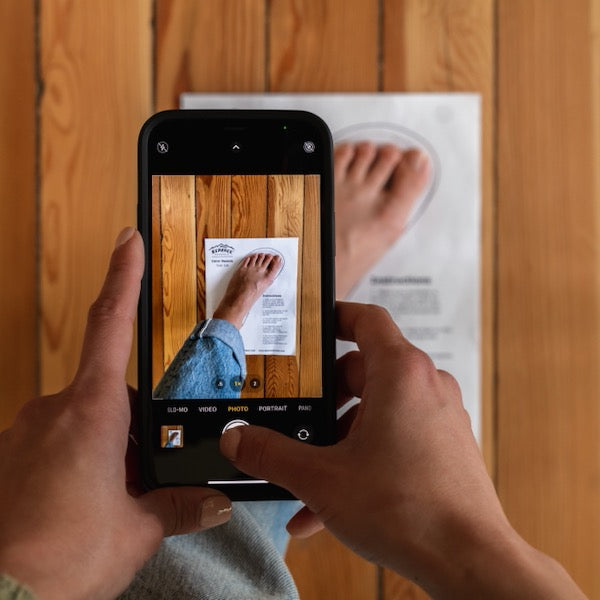
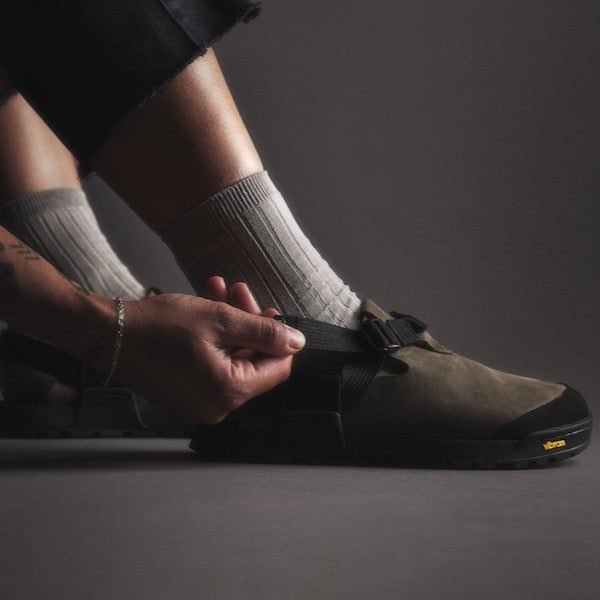
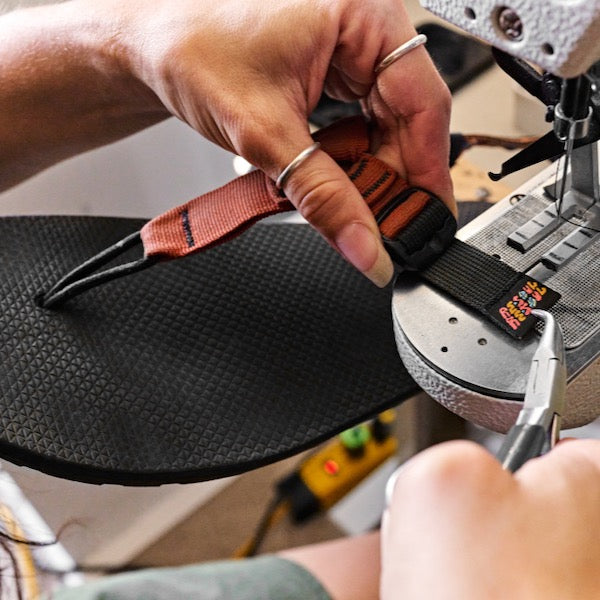

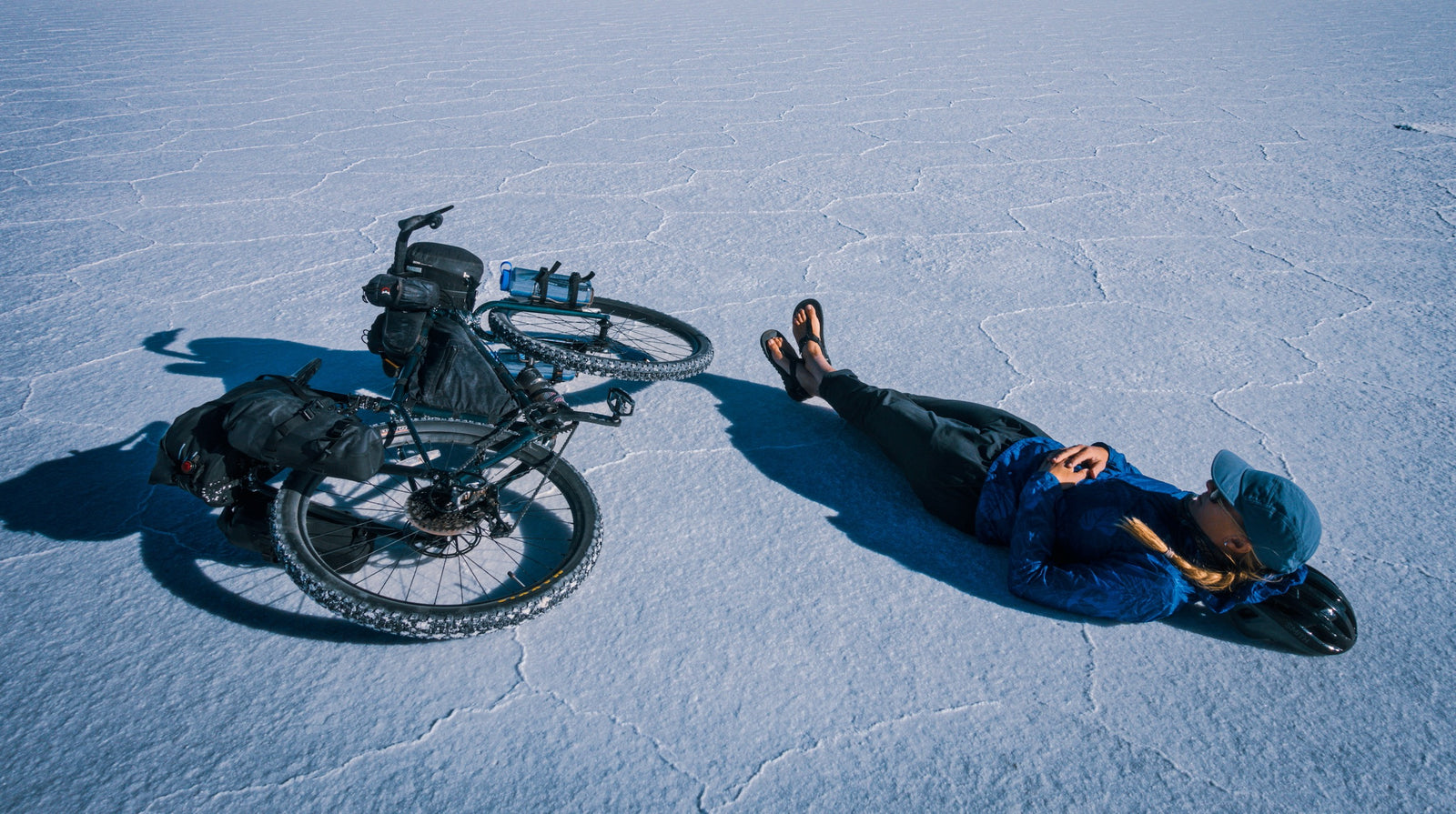


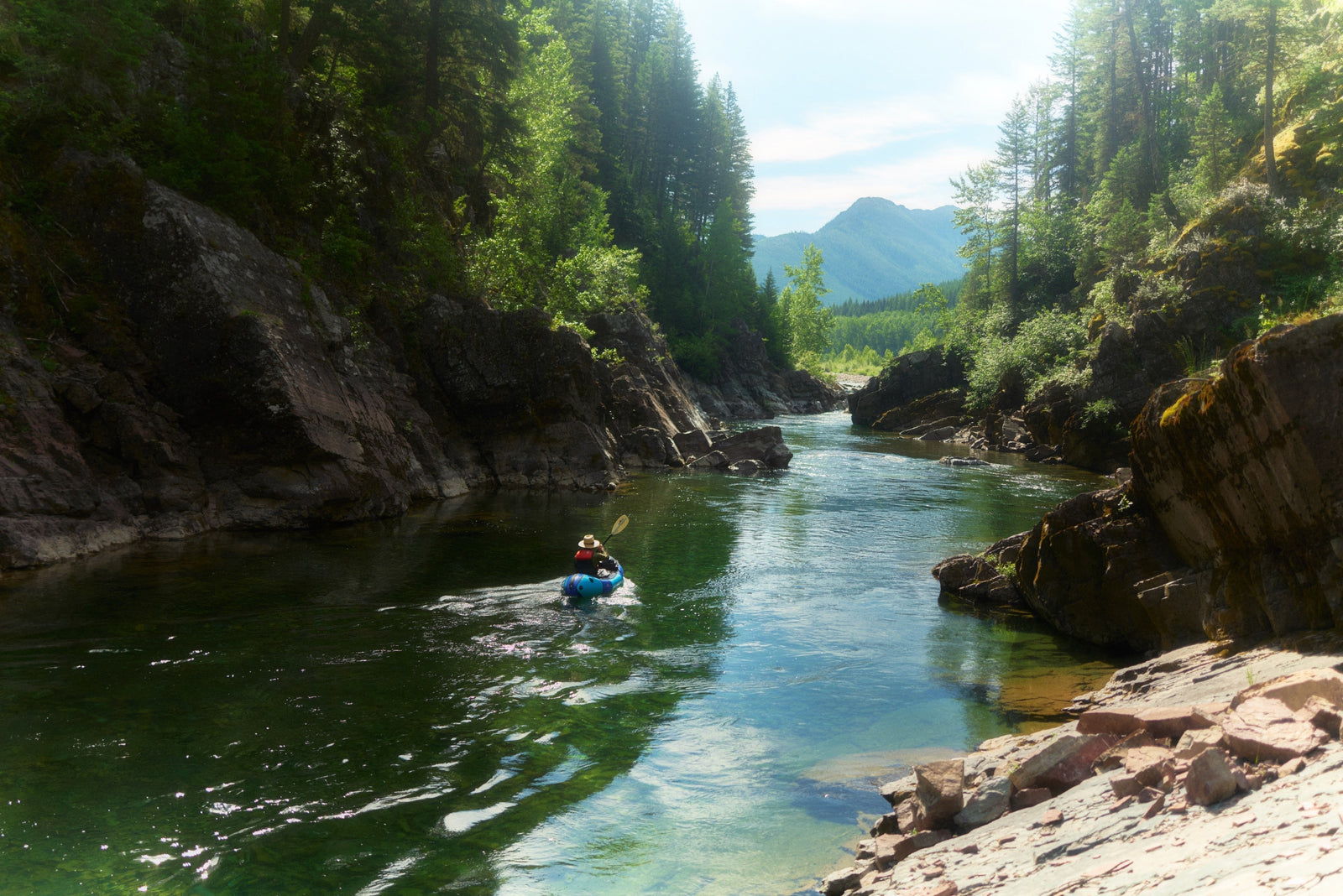
Leave a comment (all fields required)